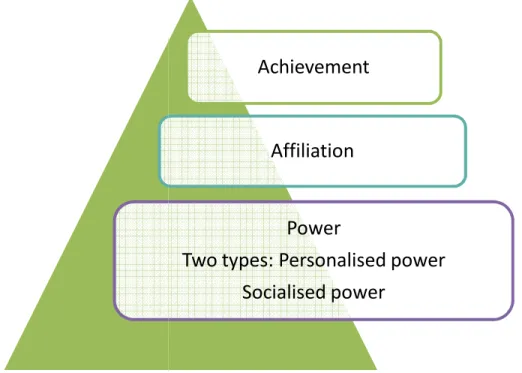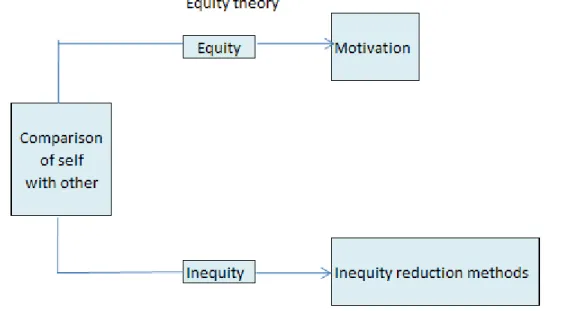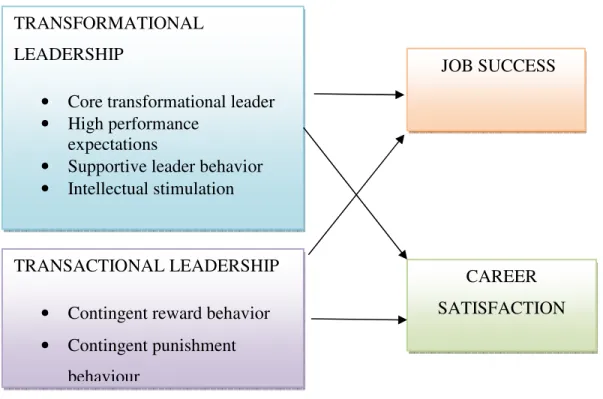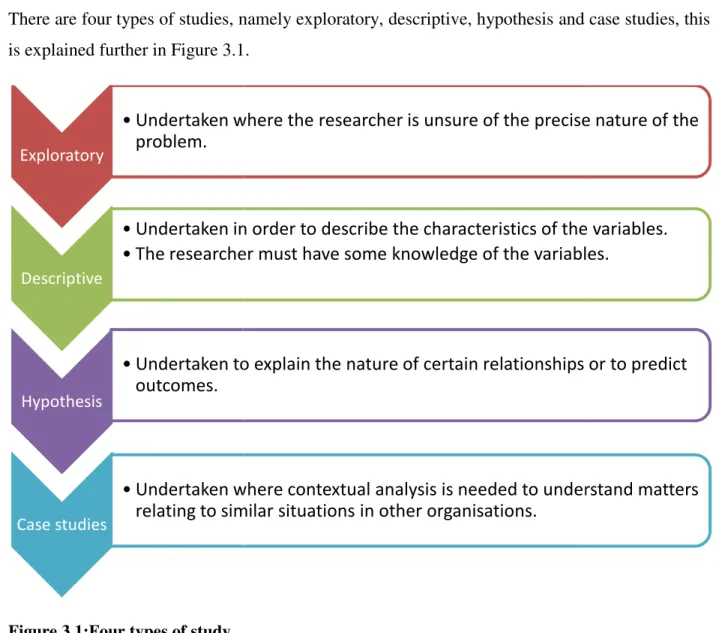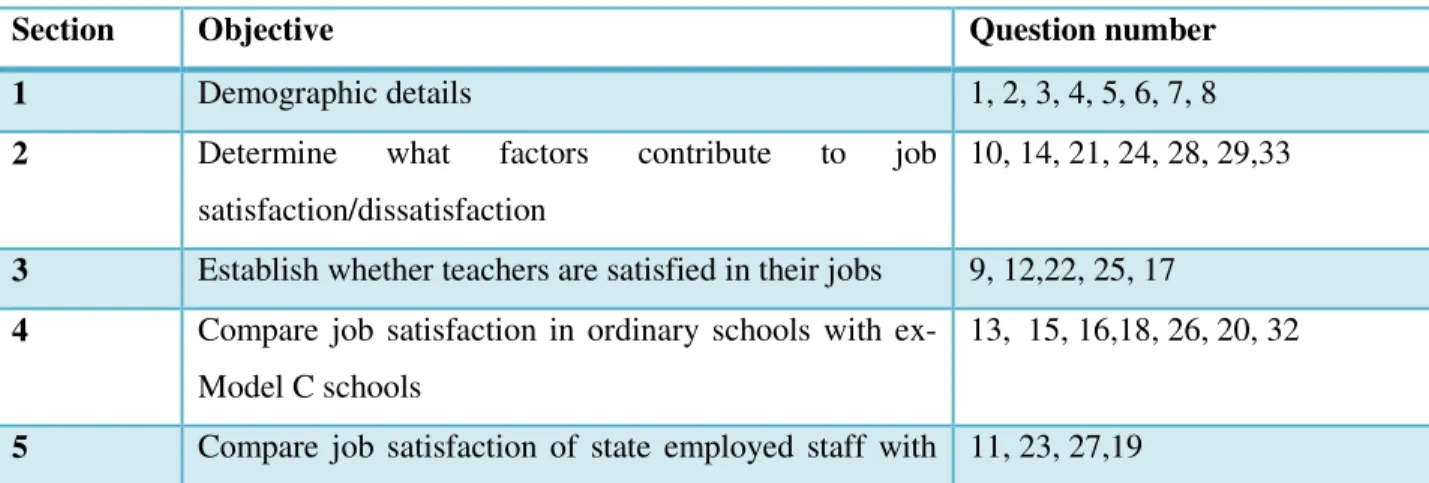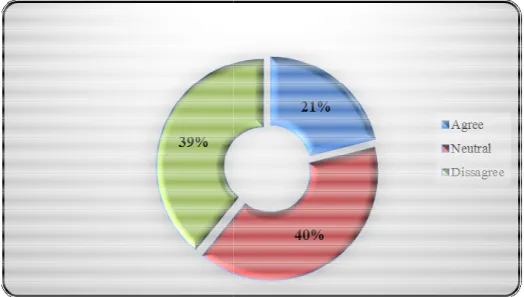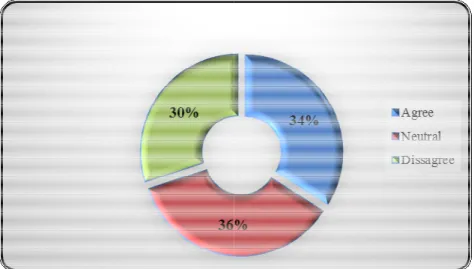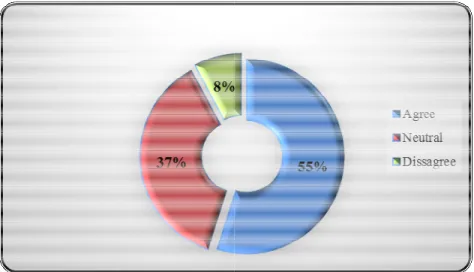The purpose of the study was to evaluate job satisfaction of teachers in the Durban central area. The study also compared the job satisfaction of teachers in former Model C schools with former House of Representatives schools.
Background of the study
The structure of the research is also presented in order to provide the reader with an eye view of this study.
Motivation of the study
Purpose of the study
Problem statement
Aims and objectives of the study
Are former House of Delegates (HOD) schools more satisfied with their jobs compared to former Model C schools. Are government employees more satisfied with their jobs compared to management body employees.
Outline of the study
Chapter One This chapter outlines the purpose of the study, which is to investigate the level of job satisfaction of teachers in the central area of Durban. This chapter highlights the aims and objectives of the study, the type of study and data collection methods.
Summary
Chapter Two Chapter Two sets out the literature review which highlights job satisfaction in schools, including South African schools. The remaining balance of results is presented with reference to the study's objectives.
Job satisfaction in schools
The factors that influence job satisfaction are compensation, working conditions, professional development, and gender, age, etc. According to Dehaloo (2011), working relationships with co-workers can increase the level of job satisfaction.
Theories supporting job satisfaction
- Maslow’s Hierarchy of needs theory
- McClelland’s need theory
- Hertzberg theory: Hygiene and motivation
- Adams’ Theory
- Expectancy theroy
- Dispositional theory
- The value theory of job satisfaction
Job satisfaction has many parts; these include the amount of work essential to individuals, remuneration paid and opportunities for growth for individuals. Job satisfaction has many parts; these include the amount of work that is essential to.
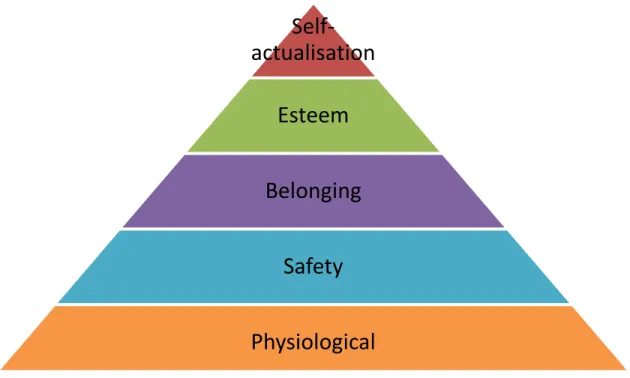
Factors impacting on job satisfaction
- Gender
- Age
- Race
- Tenure
- Working conditions
- Opportunities for growth
- Workload and stress
- Respect for co-workers/friendship
- Respect for supervisors
- Financial rewards
On the other hand, Bouman (2011) found a correlation between younger workers and job satisfaction compared to older workers. Furthermore, he also found that there is low job satisfaction among young people entering the labor market. He found that organizational and job tenure (also job tenure for current line manager) was positively correlated with employee job satisfaction.
Strydome (2012) found that there were no major differences in the number of years of service and the level of job satisfaction. His study revealed that the level of job satisfaction between these two situations was similar. On the other hand, Rehman (2013) observed in her study that an increase in workload does not decrease the level of job satisfaction.
Leadership
Transformational leadership
Krishnan (2005) stated that the transformational leadership style attracts individuals to achieve more than their full potential. Charisma: The level to which the leader behaves in commendable ways and exhibits particular qualities. The leader also has a set of values and presents himself as a role model for the followers.
Inspirational motivation: The level at which the leader exhibits a vision that resonates with and inspires followers with hopefulness about future prospects, and provides insight for the current responsibilities at hand. Intellectual stimulation: The level at which the leader challenges theories, motivates teaching and ingenuity in the followers – they can do this by providing a structure for individuals to see how they connect. Personal and individual attention: The level at which the leader takes care of the person's needs - furthermore, they act as a guide/mentor and are grateful for the worker's contribution to the team.
Transactional leadership
Role of leadership in job satisfaction
Summary
Furthermore, it presents the research methods selected for this study, and also briefly explains the ethical considerations that were taken into account.
Aims and objectives
Type of study
Types of study
Undertake contextual analysis where necessary to understand matters related to similar situations in other organizations. Undertake contextual analysis where necessary to understand matters related to similar situations in other organizations. A descriptive study was undertaken as the characteristics are known and the intention was to study them clearly.
Teacher job satisfaction was evaluated in the central Durban area; in addition, we also recommend ways to increase the job satisfaction of teachers in the central Durban area.
Approach
Population
Sampling
Data collection
Description and purpose of instrument
While self-administering the questionnaire, the most appropriate approach would have been to send respondents a link to the questionnaire electronically, but as some teachers did not have access to the Internet, the best approach was to print the questionnaire and have the teachers complete it. Postal questionnaires would be ineffective due to time constraints; in addition, there is also the risk of questionnaires being lost in the mail.
Construction of the instrument
As in Table 3.2, the questions have been linked to each of the research objectives to provide reasonable assurance of answering the research question which is: Are teachers in Durban central area satisfied with their jobs.
Validity and reliability
Validity
Reliability
Pre-testing the questionnaire
Administration of the instrument
Ethical considerations
Conclusion
In the next chapter, the results of the surveys are presented, and the results are further analyzed and interpreted. They are presented from two perspectives, namely the demographic profile and the results from each objective. Six schools from the central Durban area were surveyed, the names of the schools are withheld for confidentiality.
The six schools consist of three schools that were previously classified as part of the former House of Delegates and three schools that were Model C. The data is presented below, graphically and in tabular form, for ease of understanding. Schools in Greyville, Berea and Overport have been identified as part of the Durban core area. According to the resource directory of South African comprehensive schools, there are thirteen schools in the area, of which a sample of six schools was selected to participate in the research.
Objective 1: Demographic profile of respondents
All data were analyzed with Question pro, the data presented were obtained using the crosstab analysis within Question pro.
Presentation of results against the objectives
Objective 2: Determine what factors contribute to job satisfaction/dissatisfaction
This finding is consistent with Jain (2014) and Hill (2011), they found a relationship between the level of job satisfaction and working conditions of employees working in an organization. On the other hand, the educators feel that they did not get enough recognition for their work, which is evident from the majority who were neutral, dissatisfied or very dissatisfied with this.
Objective 3: Establish whether teachers are satisfied in their jobs
This finding is consistent with Rehman (2013) who stated that an increase in workload did not decrease the level of job satisfaction. Thus, educators working in former Model C indicate higher levels of job satisfaction compared to former HOD schools. In the questionnaire, the educators were given the opportunity to put forward their suggestions for increasing job satisfaction.
This research study evaluated the level of job satisfaction of teachers in the Durban central area. The study indicated that teachers are somewhat satisfied with the level of job satisfaction in their schools. The research undertaken investigated the level of job satisfaction of teachers in the Durban central area.
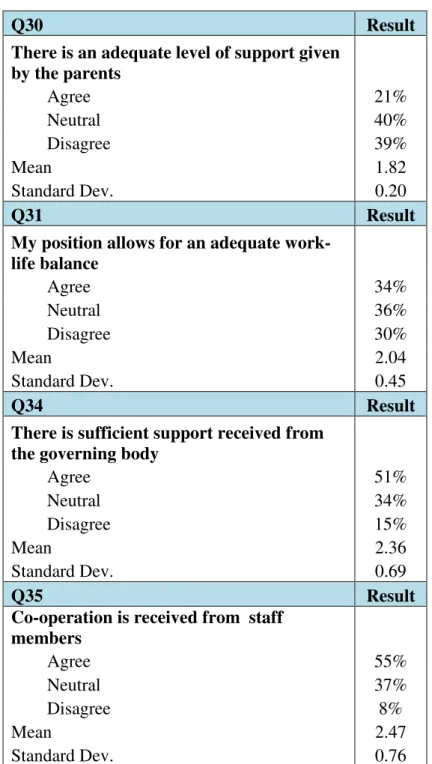
Objective 4: Compare job satisfaction in ordanary schools with ex-Model C schools 42
Summary
Educators working in the former Model C schools are more optimistic about their ratings than teachers working in DOE schools. Other educators in administrative positions have also selected positive ratings compared to their DOE counterparts. The next chapter provides the conclusions of the research; Suggestions for increasing job satisfaction are also presented, as well as suggestions for further research.
The objectives of the study were to determine whether teachers are satisfied in their work, compare job satisfaction in former House of Delegates school with former Model C school, compare job satisfaction of public service personnel with governing body service personnel, determine which factors contribute to job satisfaction/dissatisfaction and to identify what needs to be done to increase teachers' job satisfaction. There were three sections in the questionnaire, namely demographics, work environment and an 'Other' section.
Summary of findings
- Determine what factors contribute to job satisfaction / dissatisfaction
- Establish whether teachers are satisfied in their jobs
- Compare job satisfaction in ordinary schools with ex-mode C schools
- Compare job satisfaction of state employed staff with governing body employed
- Recommendations to increase the level of job satisfaction
- Remuneration
- Teacher - learner ratio
- Workload
- Resources
- Relationship with supervisors
The majority of respondents were very satisfied/satisfied with the recognition they received for work done (48%), followed by 28% who were neutral on this topic. Satisfaction with the attitude towards students was assessed; it was found that most of the respondents were either very satisfied/satisfied (43%) with it. It was found that it increases job satisfaction: increase in resources, recognition of work done, opportunities for joint decision-making.
Educators in former Model C schools are very satisfied (57%) with their relationships with colleagues compared to 40% in former HOD schools. Satisfaction with the relationship between teachers and students was also assessed; it was found that teachers in former Model C schools were very satisfied (47%) with the ratio compared to 14% in former HOD schools. In addition to increasing levels of parental support, maintaining an appropriate work-life balance, staff engagement, etc., the following were found to increase job satisfaction according to feedback from question 36.
Limitations of the study
The school grounds should be large enough to accommodate all kinds of sports, e.g.
Suggestions for future research
Conclusion
Bakotić D, (2013), The relationship between working conditions and job satisfaction: The case of Croatian shipbuilding company, International Journal of Business and Social Science. Bozeman B & Gaughan M (2011), Job satisfaction among university faculty: Individual, occupational, and institutional determinants, Journal of Higher Education. Kara, Muzaffer, Uysal, Vincent P, Magnini Gender differences on job satisfaction of the five-star hotel employees", International Journal of Contemporary Hospitality Management.
Ercikti S, (2011), Major Determinants of Job Satisfaction among Police Managers, Turkish National Police Department, The Southwest Journal of Criminal Justice. Mustapha N, (2013), Impact of financial reward on job satisfaction among academic staff in public universities in Kelantan, Malaysia, International Journal of Business and Social Science. Njiru (2014) Job Satisfaction and Motivation among Teachers of Kiharu District, Mediterranean Journal of Social Sciences.
Permission letter from the Department of Education
Ethical clearance letter
You are invited to participate in a research project entitled: Evaluating the Job Satisfaction of Teachers in the Central Durban Area. The purpose of this study is to: evaluate the level of job satisfaction and make recommendations to increase the level of job satisfaction. You can refuse to participate in the project or withdraw from the project at any time without negative consequences.
The confidentiality and anonymity of the data that identifies you as a participant will be maintained by the Graduate School of Business and Leadership, UKZN. If you have any questions or concerns about completing the questionnaire or about participating in this study, you may contact me or my supervisor at the numbers listed above.
Questionnaire
Letter confirming proof of edit
Letter confirming format editing
